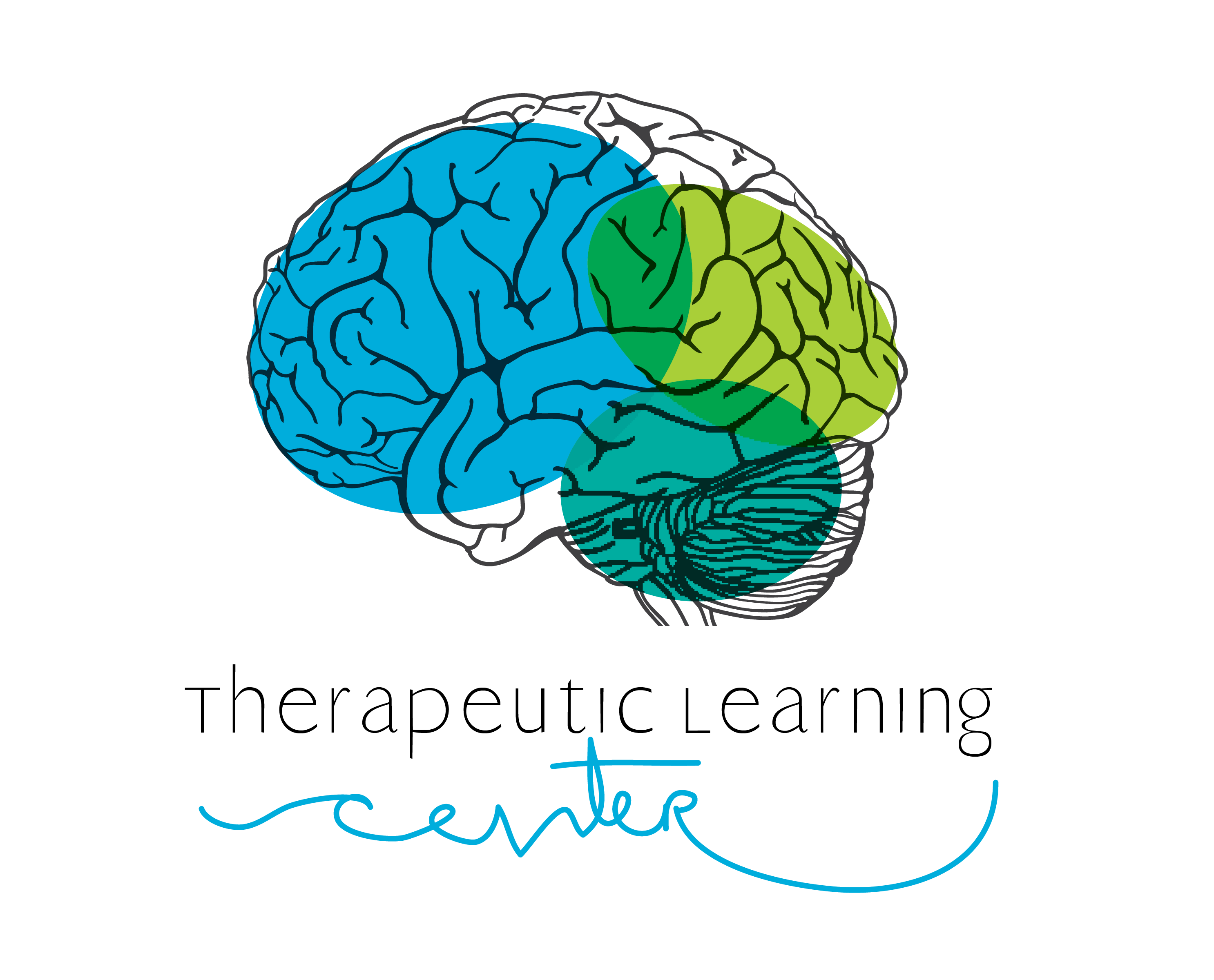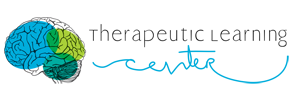Term “Dyslexia” Not Used In Schools Per Federal Guideline Adopted by Florida Nov 05, 2013 Panama City- Dyslexia makes it very difficult for children to read, write, and spell. According to the National Institutes of Health, it’s the most common learning disability in our country, so it might surprise you to learn that Florida PublicRead more



